Detached Garage Ideas
Important Point
Many of us need more room sometimes. Renting a storage space can fulfill the job but every time you use it, it feels like a pain in the ass. Every time you will have to drive the cars there.
To avoid this problem a detached garage is a great substitute. In this article, we will discuss practically some best-detached garage layouts and ideas.
A detached garage may be the right choice to go for if you have a large property and if you need more space. They are not only just oversized sheds.
They are a lot more than that. They are built in all types of designs. These designs include offices, workshops, home gyms, living spaces, pool houses, and apartments on the 2nd floor.
As this is a detached garage you do not have to follow as many restrictions and instructions as you did while building a garage. It is a stand-alone structure.
These detached garages come in a variety of designs and sizes. Here you will find all kinds of information regarding detached garages, their designs, styles, prices, etc.
The layout of a detached garage is extraordinary because it is not affixed to the building.
So it comes with some unique benefits. For this reason, more and more homeowners prefer a detached garage to an attached garage.
Also, Read:Concrete Garage Floor Cost Calculator
Detached Garage Ideas & Design Options (With Pros and Cons)
Detached garage ideas can provide you with some cool features that a conventional garage can not provide. When you have to deal with some oddly shaped or small designs. There are a few pros and cons provided afterward.
Cons
- If your garage is attached to your home then it boxes you in when you design. This happens because you have to match the design of the garage to the design of the house.
- It can be distracting to have a traditional garage.
- The house can look very oddly shaped or very long with a three or four-car garage.
Pros
- If the garage is detached then it makes you become able to design it as you wish. You will be able to execute this only because if the garage is detached then this means that the garage is a standalone building. You can be bold here and take risks. It would have been impossible if it was affixed to the house.
- If the garage is attached to the building then the facade of the building will be disrupted by it and you will be unable to fix it. But if the garage is detached then you can just simply place it behind your house. It will not affect the veneer of your building.
- You have the perfect privilege to select where you prefer to construct the garage. This is practical only because the garage is not attached to the house. You can hide the garage in the backyard, or you can bring it close to the curb whatever you want you are free to make the decision.
- You can design the garage like a cottage or a little house. You can also make an apartment in your garage.
- Here is something more you can do if the garage is detached. For instance, you can use the space between the house and the garage as a pathway. Leave the pathway open or cover it up if you want. It will make a beautiful landscape. You can also add lights for decoration. It will enhance the beauty of the house.
Useful Article for You
- What Is Composite Wood
- What Is the Difference Between a Shower Pan and a Shower Base?
- What Is Raft
- What Is a Window Panel
- What Is Rebar Made Of
- What Is Crane
- What Is a Frame Structure
- What Is the Measurement for a Queen Size Bed
- What Is Considered Livable Space
- What Is One Way You Can Save Electricity?
- What Is Mdf Mean
- House Footing Design
- Pier Foundation Design
- What Is a Bundle of Shingles
- What Is a Gallon of Water Weigh
- Master Bedroom Dimensions
- What Is Window Sash
- What Is a Sieve Analysis
- What Is the Little Black Diamond on a Tape Measure
- What Is the Difference Between a Bolt and a Screw?
- What Is Overhang
- Excavation Rates Per M3
- Cantilever Bridge Pros and Cons
- What Is Sand Blasting
- What Is a Walk in Basement
- What Is a Monolithic Slab
- What Is a Cold Joint
- What Is a Spread Footing
- What Is a Pitched Roof
Detached Garages Are Easier and Cheaper to Build
As the name indicates a detached garage is detached from the main building of a house. It is not attached to the home.
They are completely free-standing because they are standalone structures. Detached garages are easier and cheaper to build because they have a few key advantages.
It is easier to add a detached garage than to build an attached one. The reason for this is that you need not demo it into the existing plan.
You do not need to worry about trying a new foundation with the existing foundation of your house. You also do not need to worry about roof line issues, insulations, plumbing, etc.
You do not need to worry about matching the masonry veneer and siding paint. The detached garage is a separate structure. You can do whatever you like without worrying about the design of the house.
By building a detached garage you can save a lot of money and a lot of time. When you build a free-standing structure there are very few areas to worry about.
There are very few areas where problems can arise. You need not worry about how the garage looks attached to the house, or at what angle should you build the garage to keep the facade beautiful.
Also, Read: Difference Between Beam and Column | What Is Beam | What Is Column
Detached Garages Have Multiple Uses
You can design the garage like a cottage or a little house. You can also make an apartment in your garage. You can convert the garage into your workshop.
Here having a detached garage means you do not have to worry about your family complaining about noise from the garage.
It can also be used as a workplace. It is detached from the main house so there should be no commotion and you can do your job in complete quiet.
Another great use of a detached garage is that you can use it as your gym. You can also convert the garage into a grill area, outdoor shower, or even a pool house.
A Bigger Detached Garage Is Generally Better
While building just about anything the main and universally common reason for dissatisfaction is poor planning.
Does not matter if it is a deck, an addition to a house, a patio, a new home, or a detached garage if you plan the project poorly then it will not satisfy you.
Some common issues need to be looked at while building anything. It is a huge issue not to be able to visualize the finished space.
To avoid this issue you can look at detached garage images on the internet. It will help you. Many people do not realize how much space they need.
Visualizing how a room will look after it is filled with stuff and when the room is finally done is hard. So build the room a little bigger if you have enough space for building and of course enough money.
You have the complete freedom to choose where you want to build the garage. It is possible because it is not attached to the house.
You can hide the garage in the backyard, or you can bring it close to the curb whatever you want you are free to make the decision.
If you have the area and the budget to do this then consider yourself lucky. During the planning, there are a few tips that you can follow.
It will make you satisfied. Make a list of things that you want to keep in your garage.
Keep some extra space empty for other stuff. If you have the extra space then you will be glad.
And no one complains the garage is big. If you have a home business then a garage detached from your house can help you with it.
Detached Garage Designs Have an Exterior Wall
You gain more space for walls when you build a detached garage. If the garage is attached then it must have a common that connects the house to the garage.
In the case of a detached garage, there is nothing like that so you have additional wall space. You can not have windows here as a common garage wall is an inside wall.
But if you have the garage detached then you can add windows and doors to the walls. In a detached garage, you gain another new exterior wall.
It can be very beneficial to you. To have a wraparound porch is hard if you have attached a garage to your house.
But if the garage is detached then a home design sought after becomes possible.
How Wide Should Garage Doors Be with a Detached Garage?
Generally, different sizes of garage doors are observed. Mainly, the width of detached garage doors varies from 8 to 9 feet and the height of the detached garage doors varies from 7 to 8 feet.
Generally, we maintain the size of a detached garage door as 9 x 7 feet.
Also, Read: What Is Spalling Concrete | Causes of Spalling in Concrete | Repairing Concrete Spalding
How High Should the Ceilings Be in a Detached Garage?
The detached garage ceiling is one of the very important parameters.
Here, we do not need a higher height ceiling because it’s totally unnecessary and we also can not provide a very lower height ceiling because it closes the opening of the entry of the car.
The general height of the detached garage ceiling is 7 to 8 feet.
Useful Article for You
- What Is Quarrying
- What Is a Concrete Slump Test
- What Is a Weir
- What Is Road Made Of
- What Is a Cantilever?
- What Is a Contour
- What Is a Rolled Curb
- What Is an Abutment Bridge
- Gray Green House
- Identify the Zero-Force Members in the Truss
- Bridge Pier
- Monolithic Concrete
- Wall Panel Bathroom Ideas
- Construction Companies in America
- How Bridges Are Made
- Density of Concrete G Cm3
- Concrete Wall Treatment
- Standard Us Brick Size
- Drywall Ceiling Repair Cost
- Micropile
- Roof Tiles Types and Prices
- Weep Holes
- How Much Does a Yard of Concrete Weigh
- Lean to Roof
Should I Install a Floor Drain in My Detached Garage?
Drain plays a very important role in any place, it helps to drain out all water from the garage.
In the garage, all the amount of water, which is used for car washing or other purposes, needs to pass from the garage through the drain.
That’s why we strongly need a floor drain in our detached garage.
How Much Electric Will I Need?
The amount of electricity depends on the size of the garage. The greater size garage needs more electricity because the requirement of electricity is higher due to extra light, higher washing equipment, etc.
The smaller size garage requires less amount of electricity because the requirement is also lower due to the lesser amount of light and light washing equipment, etc.
Should I Heat or Cool the Garage?
You may provide some heat or cool the garage according to the climate but generally, it does not need. In the garage, we generally put our cars and it does not need any kind of temperature relaxation.
But some cooler region like Siberia needs some heat to warm the garage because the radiator water freezes and creates huge pressure on the engine equipment.
Should I Insulate My Detached Garage?
In most places, insulation on detached garages is not needed but in some places, we actually need this. Insulation in the detached garage needs those places where winter is too much.
Those places basically fill up the holes of the garage to block the entering cooler air and keep warm air inside the detached garage.
Should I Drywall My Detached Garage?
Drywall always increases the beauty of the place but it requires a lot of time to install. Drywall provides safety, and fire protection enhances indoor lighting, etc.
How Much Does It Cost to Build a Detached Garage?
There are various items are required to build a detached garage. The cost of those items varies from place to place and shows a wide range of variety.
In India, you need to pay near about 5 lakhs and 20k to 25k for installation purposes. If you want to place an automatic door at the front of the garage then it requires 120000 to 190000 extra charges.
Also, Read: Window Replacement Companies
Detached Garage Cost Breakdown
Detached garage cost breakdown cost changes according to the breakdown type. The average breakdown charges of the detached garage are about 10 thousand to 30 thousand.
If the breakdown is higher then it requires a higher amount of charges and if a smaller amount of breakdown is detected then the expenses are also low.
Do My Detached Garage Ideas Have to Match My House?
The detached garage does not match the house because the interior of the detached garage is different from the house.
The color combination is different, and the interior is different; that’s why it does not perfectly match your house.
Does a Detached Garage Add Value?
Undoubtedly, a detached garage adds some extra value to the buyers who are going to buy the house property. It will increase the market value of your property.
Sometimes it covers the whole installation cost of the detached garage at the time of selling.
How Much Value Does a Detached Garage Add?
A garage can increase your home’s value, adding between $12,750 and $33,150, according to HomeAdvisor, which says you’ll typically get back between 75% and 85% of your investment when you sell your home.
Do You Need Planning Permission for a Detached Garage?
Do I need planning permission to build a garage? Detached garages are classed as outbuildings for planning permission purposes. This means they follow the same rules as structures like sheds, greenhouses, and hot tub housing, in that you’re free to build or install them on your property without planning permission.
What Adds More Value to a House a Garage or Extra Room?
However, it’s important to consider the specifics of your property before jumping to any conclusions. If you live in a built-up area with little on-street parking, for example, the addition of a garage could have more of an impact on the value of your property.
Do I Need Permission to Convert My Garage?
Yes, you need planning permission to do nearly any kind of remodeling in your home. In the case of a garage conversion, you need to conform to building regulations, fire safety, and local zoning codes.
Detached Garage Vs Attached
An attached garage is simply much easier to access than a detached garage. It’s more convenient and easier to pop back and forth between the house and the garage when all that separates the two is one door, instead of an entire driveway’s worth of space.
Attached Vs Detached Garage Cost
Cost. The cost to build a detached garage on average is $40 to $70 per square foot, which is usually around 10% to 15% more than the cost to build an attached garage. Garage costs will likely increase when electricity and plumbing are involved since you’ll need to wire the lines out into the new structure.
Attached Vs Detached Garage Insurance
A typical homeowner’s insurance policy covers both attached and detached garages. They’ll be covered under different parts of your policy, but you won’t have to get additional insurance. Whether you build an attached garage or a detached garage, let your home insurance company know about the addition.
Attached Garage
Detached vs. Attached Garages. Just as the name suggests, an attached garage is one that is connected to your home, sharing one wall and featuring direct access into the house. A detached garage is one that is free standing and completely separate from your home, whether a few feet or several yards away.
Is a Detached Garage Better?
Detached garages are easier to modify later on if needed. If you want to add a porch, an apartment, or a different room, you have more freedom and ability to do that with a detached garage than an attached one. With enough space being one of the biggest garage must-haves, this flexibility for expansion is a big plus.
Standard 2 Car Garage Door Size
The standard garage door width and height can vary by where you live, but is usually: 8 feet wide by 7 feet tall, or 9 feet wide by 7 feet tall for a single car garage door. 16 feet by 7 feet for a double garage door.
Large Garage Door Sizes
Large doors are available for those with specialized needs, such as parking several vehicles or an RV. These oversized garage doors tend to be 10, 12, or 14 feet in both height and width.
Standard Garage Door Size in Meters
Some smaller homes have a single-car garage with a typical size of 8 feet wide (2.4 meters). Some are 9 feet wide (2.7 meters) for a bit of extra clearance. If you are using your single-car garage for a non-standard vehicle like a golf cart, it may be a couple of feet less.
Oversized 2 Car Garage Door Dimensions
Double garage doors are usually 16′ x 7′, but can vary in height from 7 to 8 feet and in width from 12 to 20 feet. Custom sizes are also available, as well as large garage doors for triple car garages.
Small Garage Door Sizes
For most residences, a single-car garage door is 8- or 9 feet wide and 7 or 8 feet high. Most new construction you will see uses 9′ x 7′ garage doors. As vehicle sizes increase, 10-foot single-car garage doors are becoming increasingly popular.
Garage Door Sizes for Trucks
Most pickups average 6′ to 6’5″ in height. Your pickup or SUV will fit in a 7-foot-high garage door. If you want to feel more comfortable, you can expand to a 7 ½- or 8-foot garage door. As for the width, most cars will easily fit into an 8-foot-wide garage door.
Drain in Garage Floor
There are two main types of garage floor drains: trench and square or round. Trench drains come in sections. You can use one section or connect several for maximum flow control. They’re more expensive than other drains but they manage water flow brilliantly.
How Much Does It Cost to Put a Drain in a Garage?
Installation costs will vary based on the job. If it’s a new construction job a typical install will run around $1500 bucks just for the drain. This does not include the concrete work. However, if your adding a drain to an existing floor expect to pay more for excavation, demo and repairs.
How to Calculate Electricity Bill from Meter Reading?
- Current meter reading – Meter reading reported from last month’s bill = Total kWh used since last reading.
- Total kWh used since last reading x Charge per kWh = Total energy charge.
- Total energy charge + Fixed monthly fees = Final bill.
How to Calculate Kwh Per Month?
Divide the wattage by 1,000 to calculate kW: 1500 watts 1,000 = 1.5 kW. Multiply the kilowatts by the hours of daily use: 1.5 kW X 2 hours = 3 kWh per day. Find the total energy usage for a month (30 days): 3 kWh X 30 days = 90 kWh per month.
How to Calculate Electricity Usage?
To calculate consumption, you multiply the power in kW by the hours you use the devices per day, per week or per month. For example, let’s examine the consumption at the home of Agnes and Roman: The TV has a power of 200 W, that is, 0.2 kW. They have it on for 2 hours a day, so their daily consumption is 0.4kWh.
How to Keep Garage Cool in Summer and Warm in Winter?
- Clean Your Garage.
- Check Your Weather Stripping.
- Seal Other Air Gaps.
- Add Insulation to Uninsulated Walls and Ceilings.
- Consider Adding a Heater.
- Take Advantage of Natural Ventilation.
- Plant a Tree.
- Let Your Vehicle Cool First.
How to Cool a Garage with Fans?
One fan should be positioned lower than the other on one side of the open garage door, blowing inward and slightly angled towards the center of the garage. On the other side of the garage door, position the second fan a couple of feet higher, blowing outward.
How to Cool a Garage with No Windows?
- Open the Garage Door. Depending on the angle of the sun and how well-insulated your garage is, opening the door will provide a big breath of fresh air.
- Add Powerful Portable Fans.
- Try a Dehumidifier.
- Build a Low-Tech Swamp Cooler.
- Buy a Portable Air Conditioner.
Like this post? Share it with your friends!
Suggested Read –
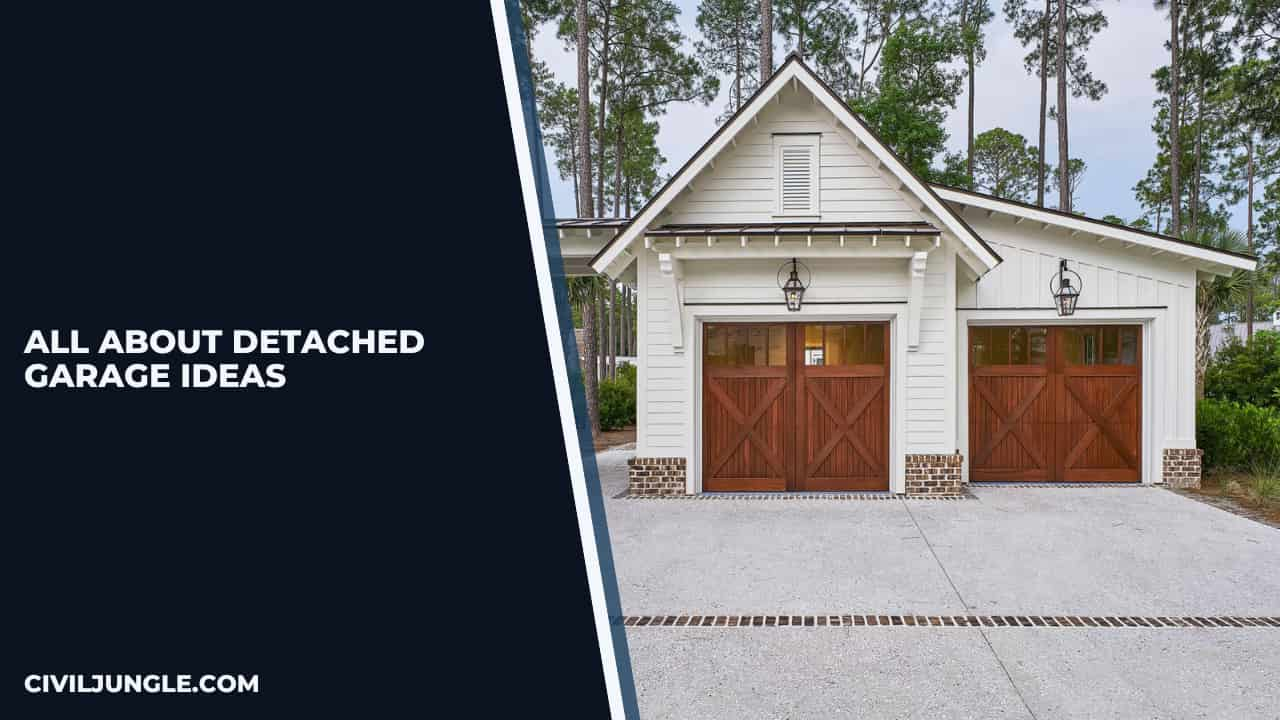


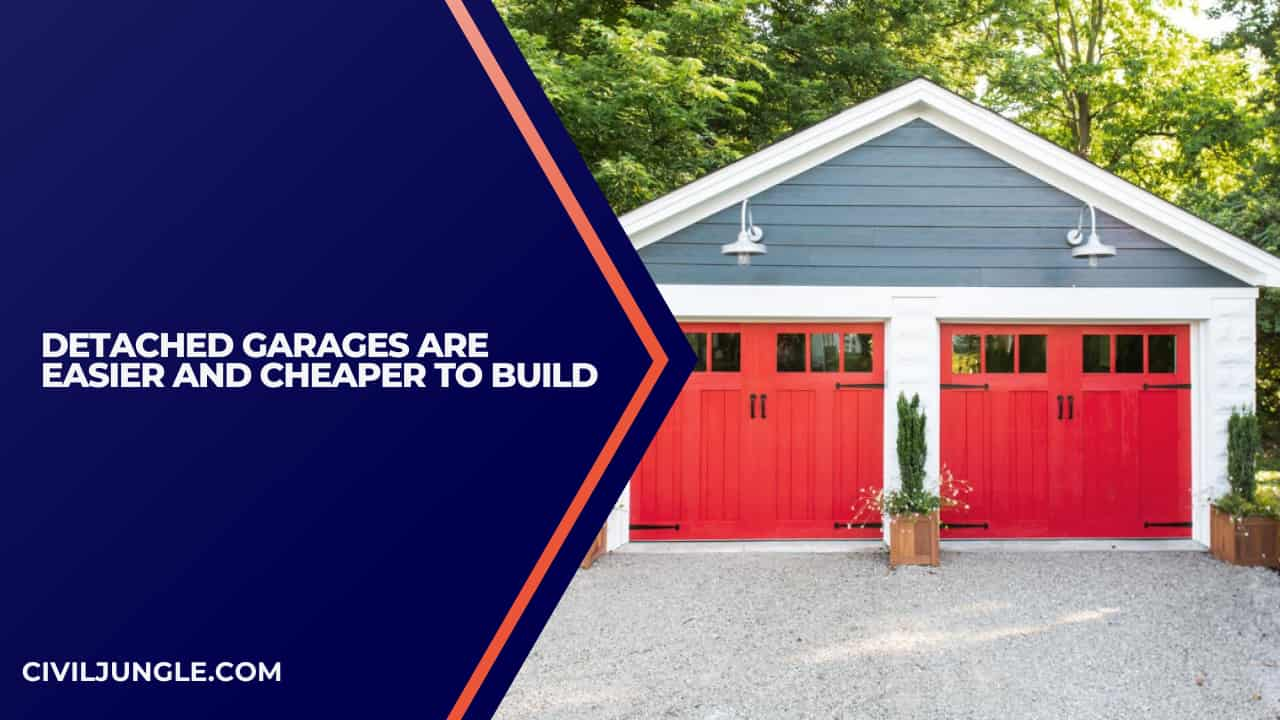
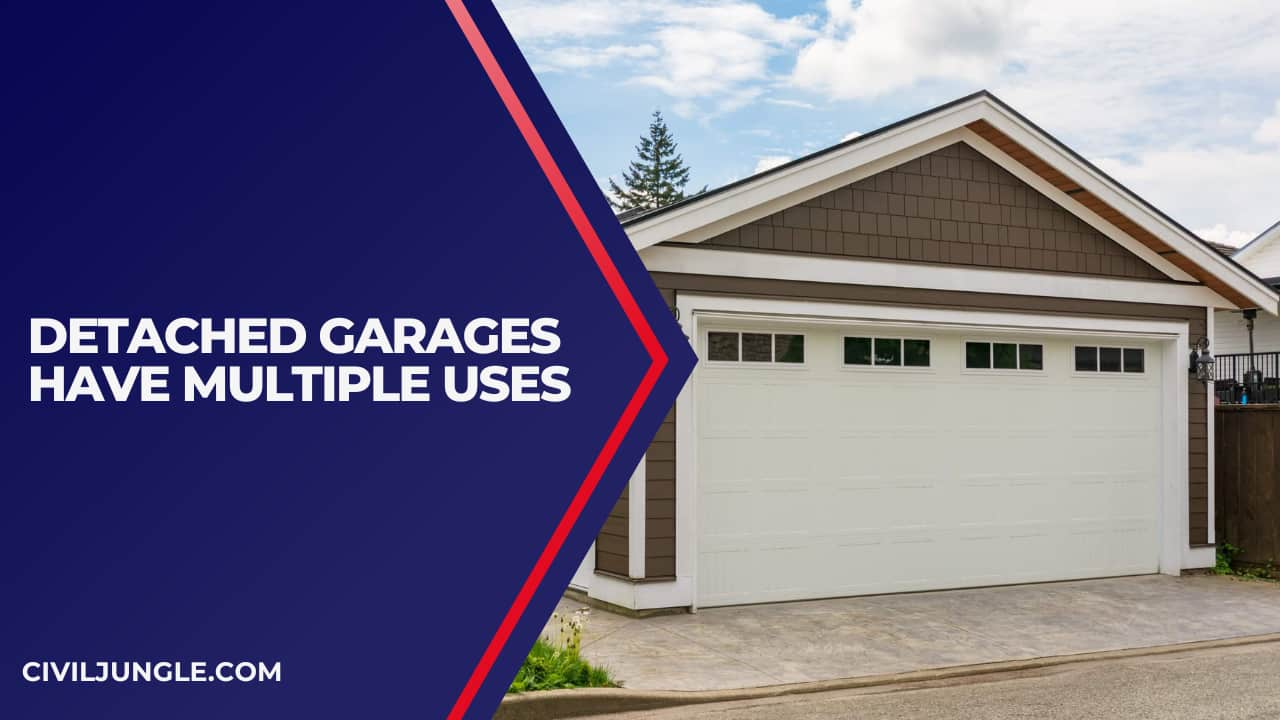
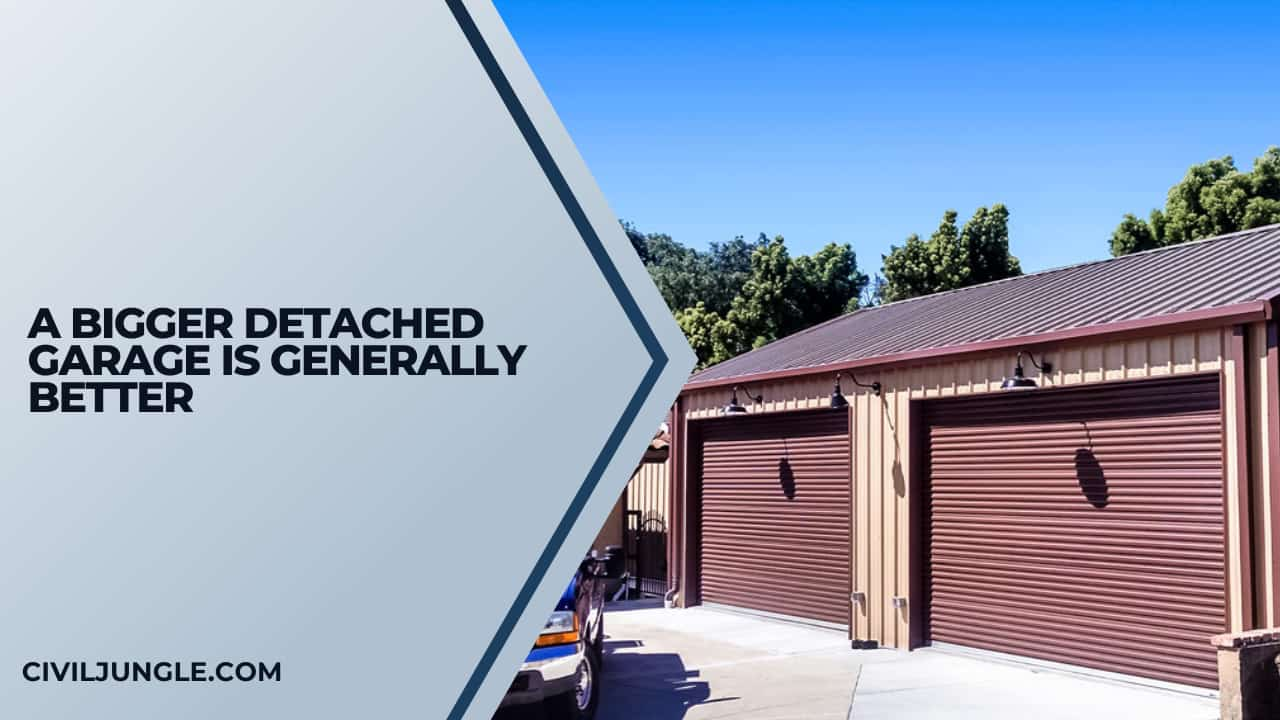
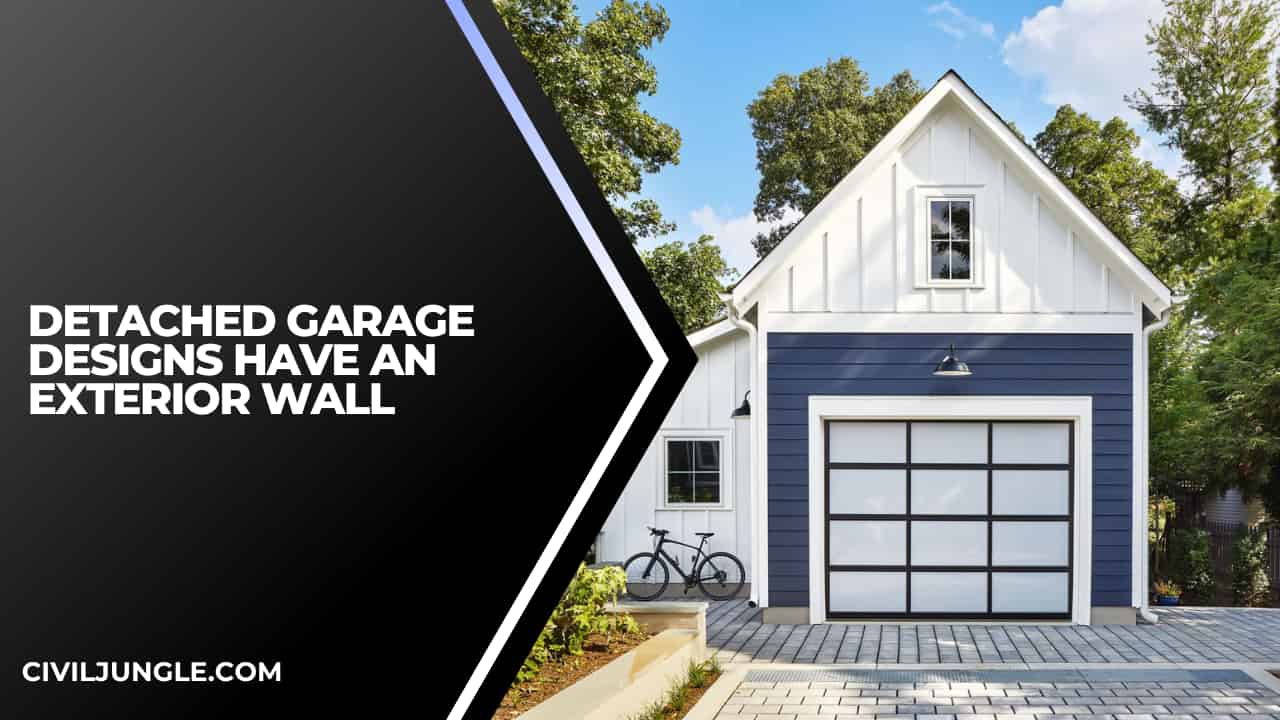
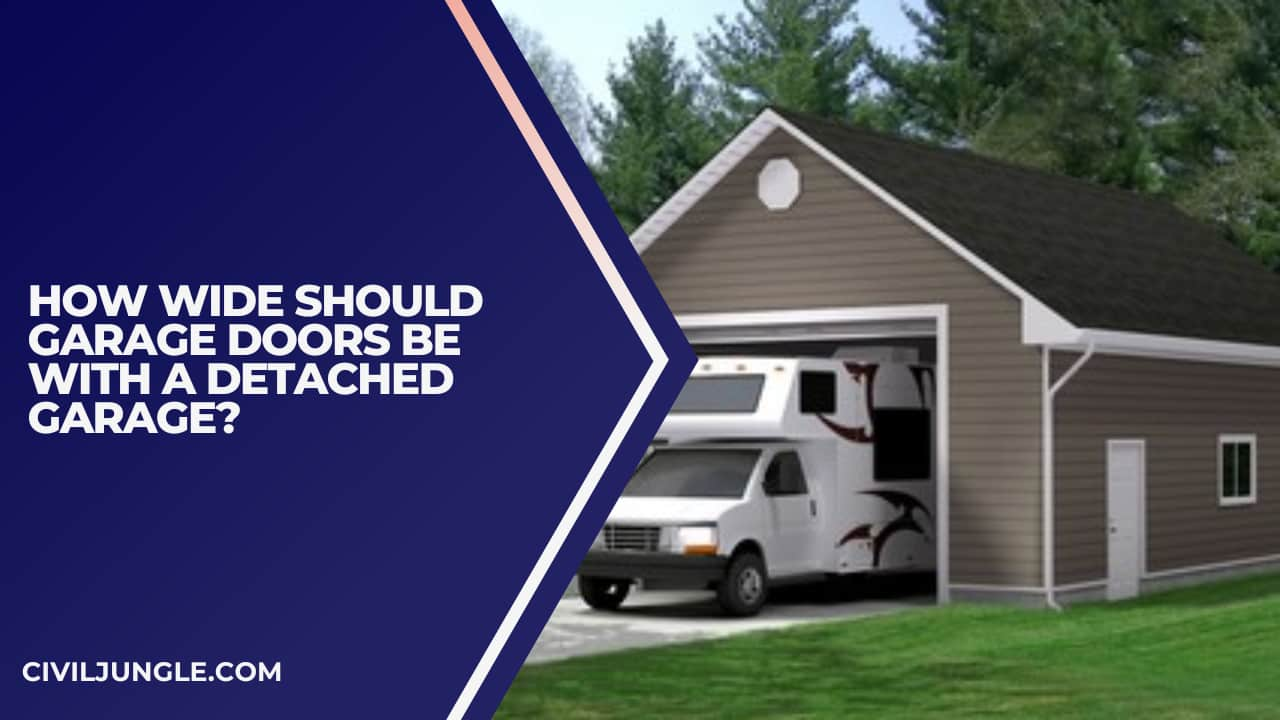
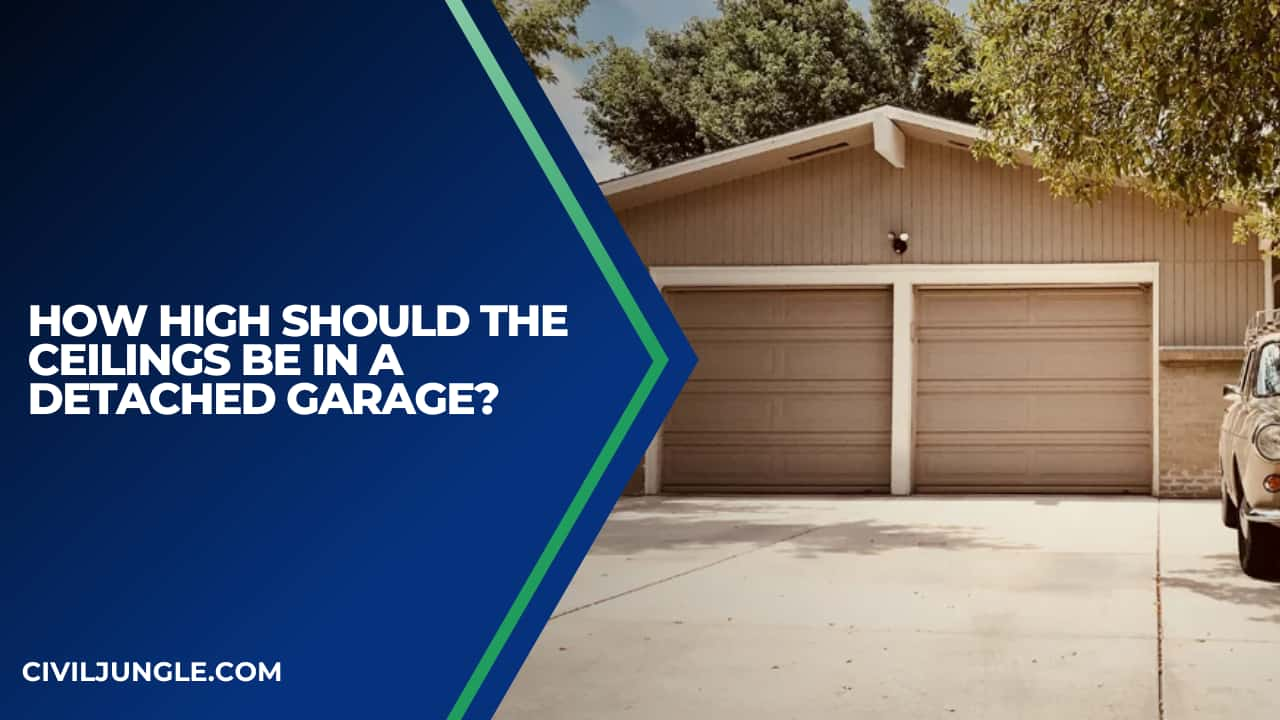


Leave a Reply